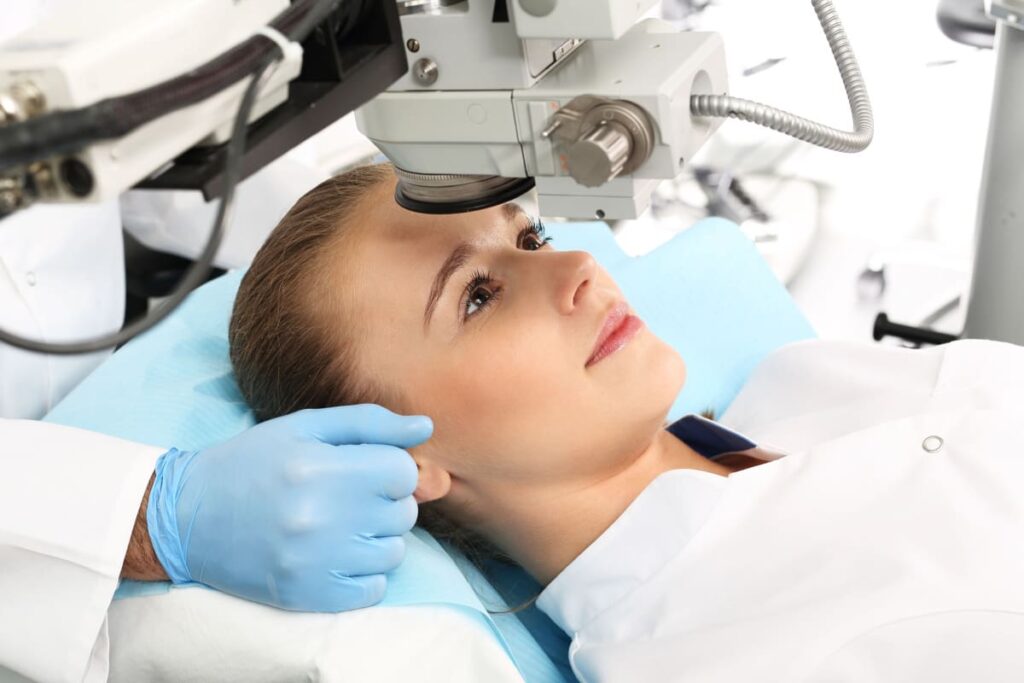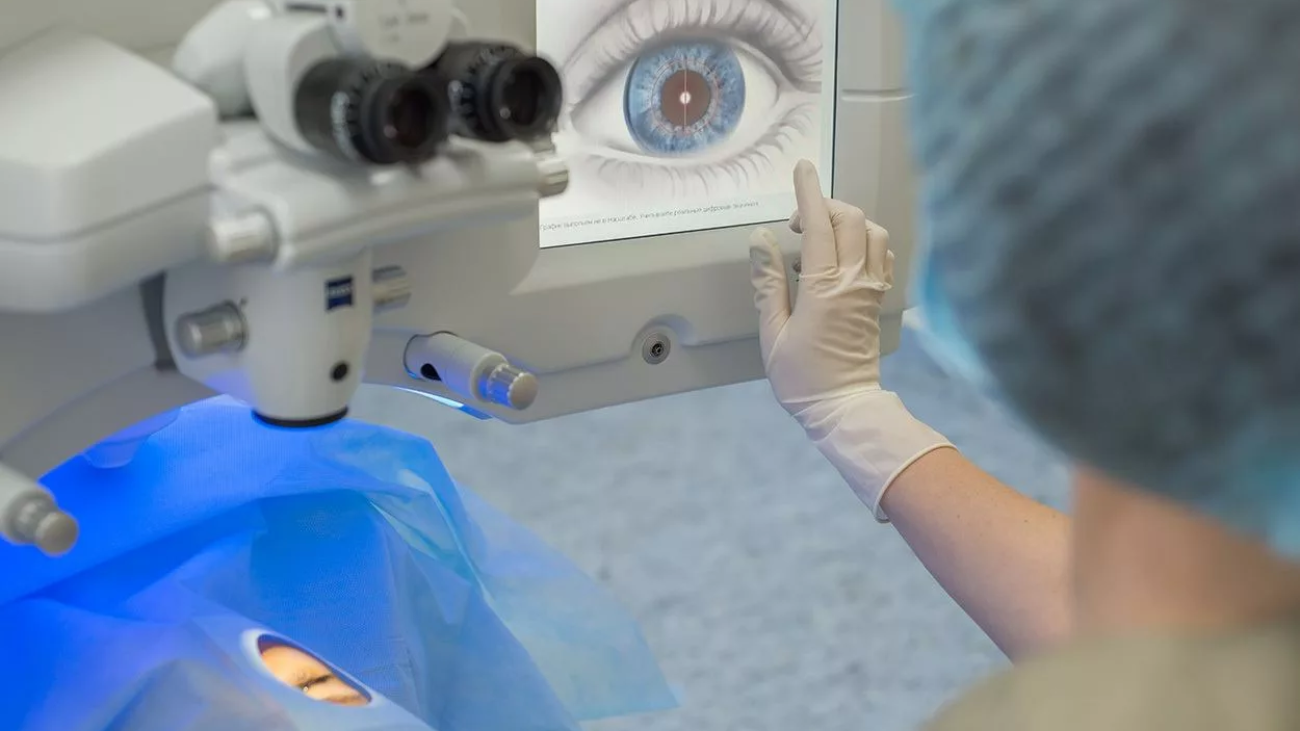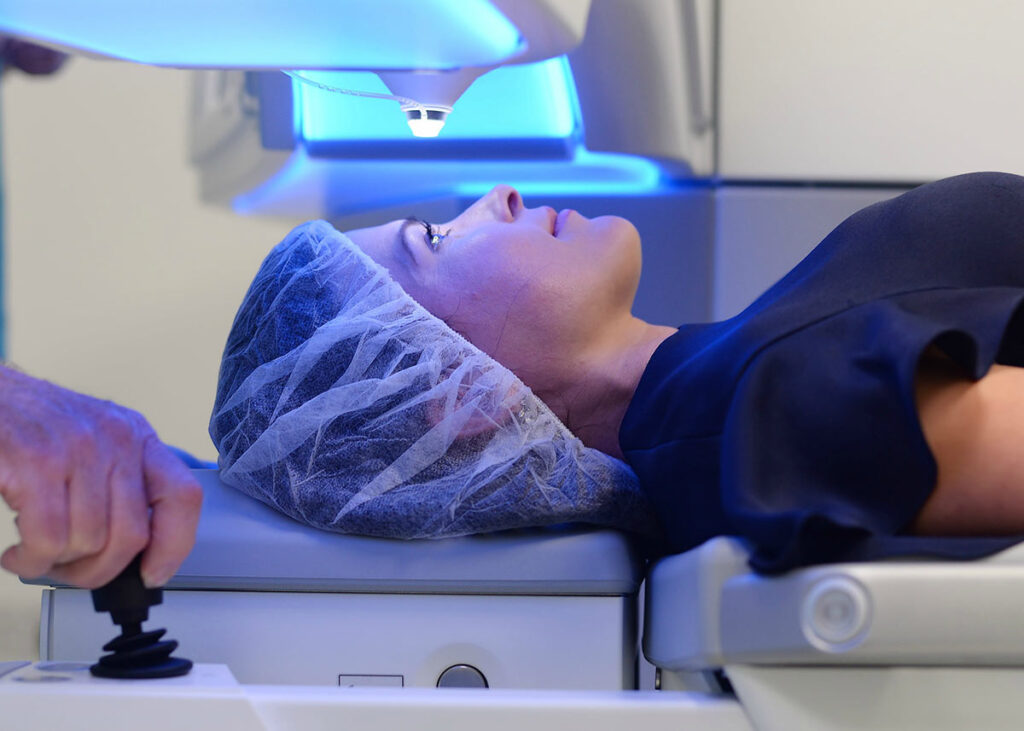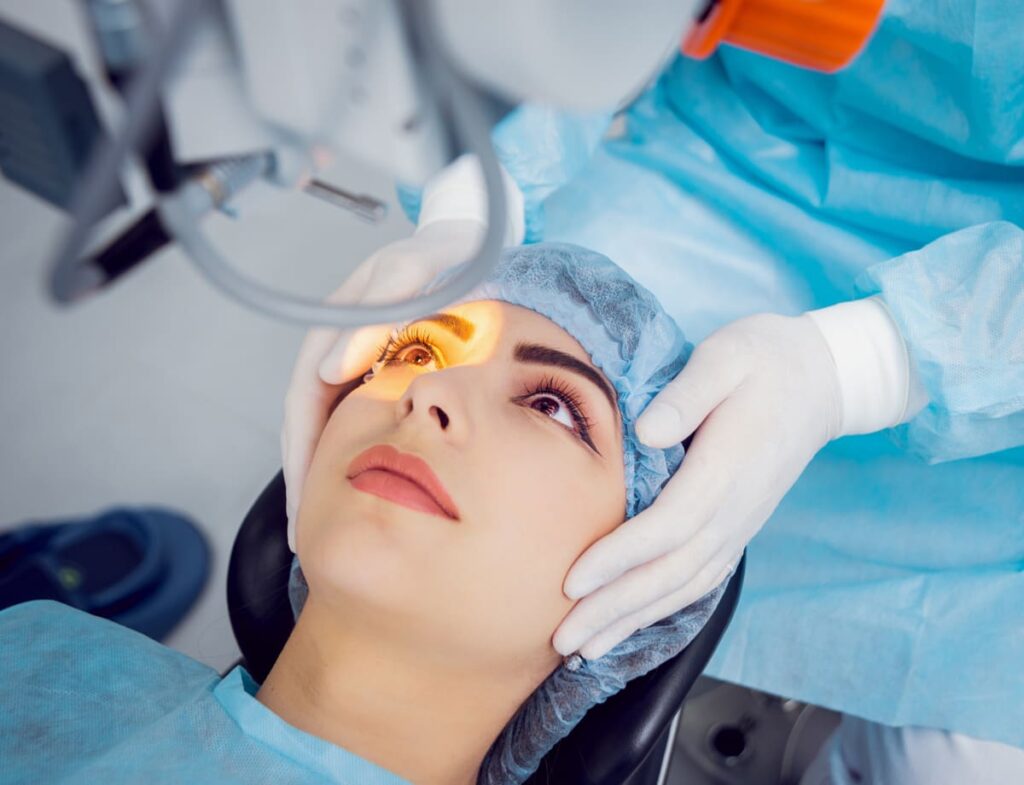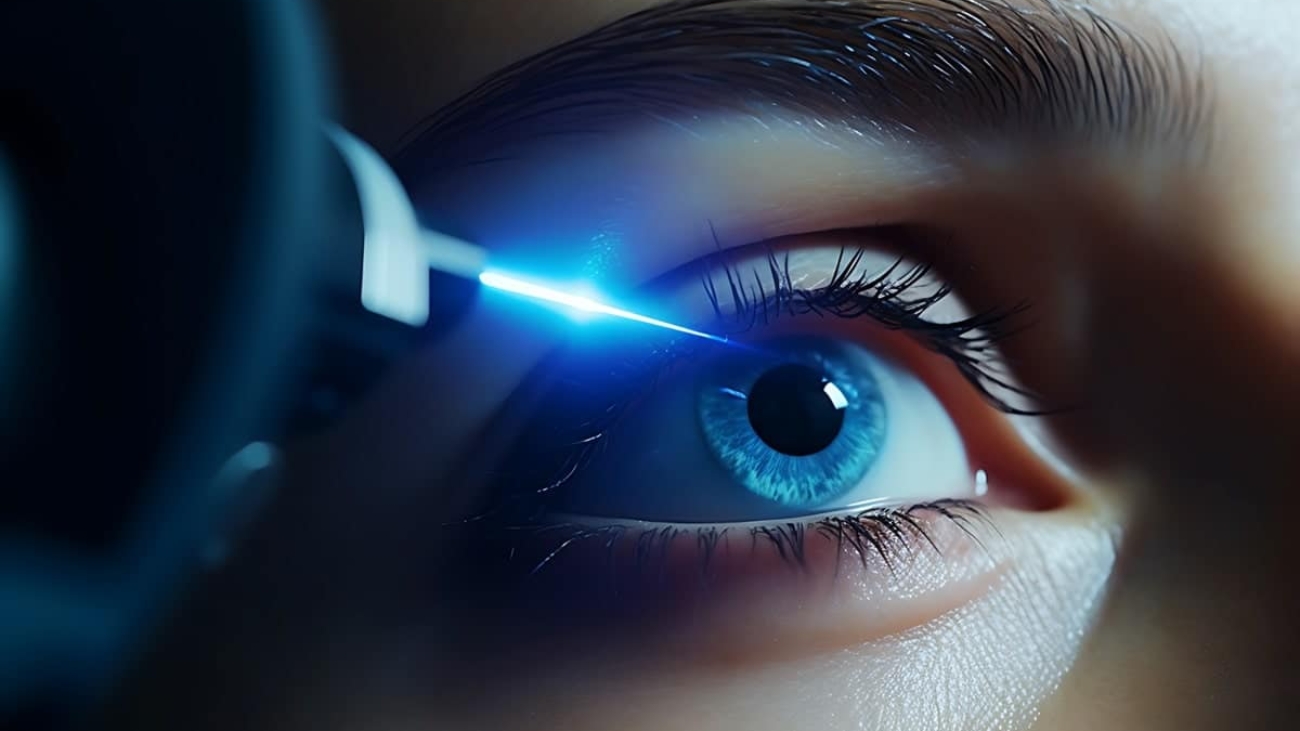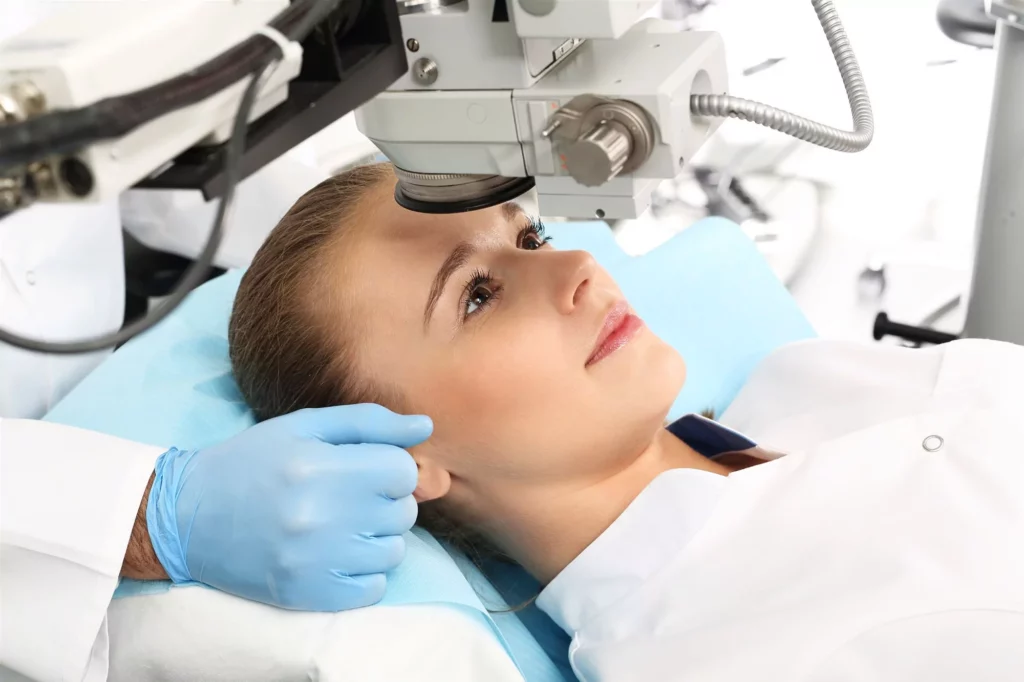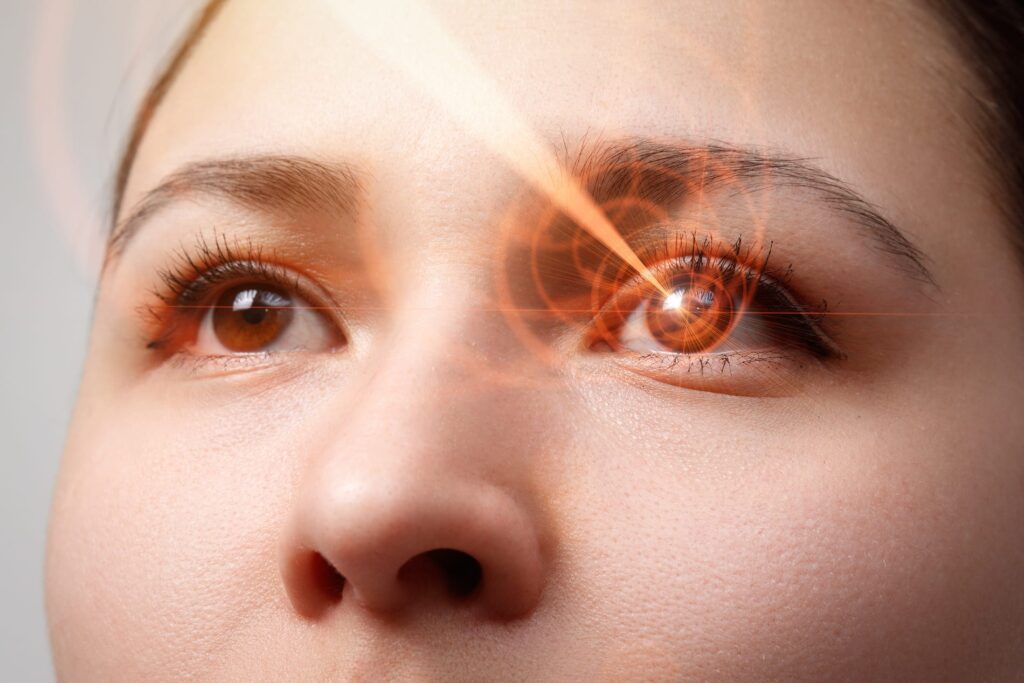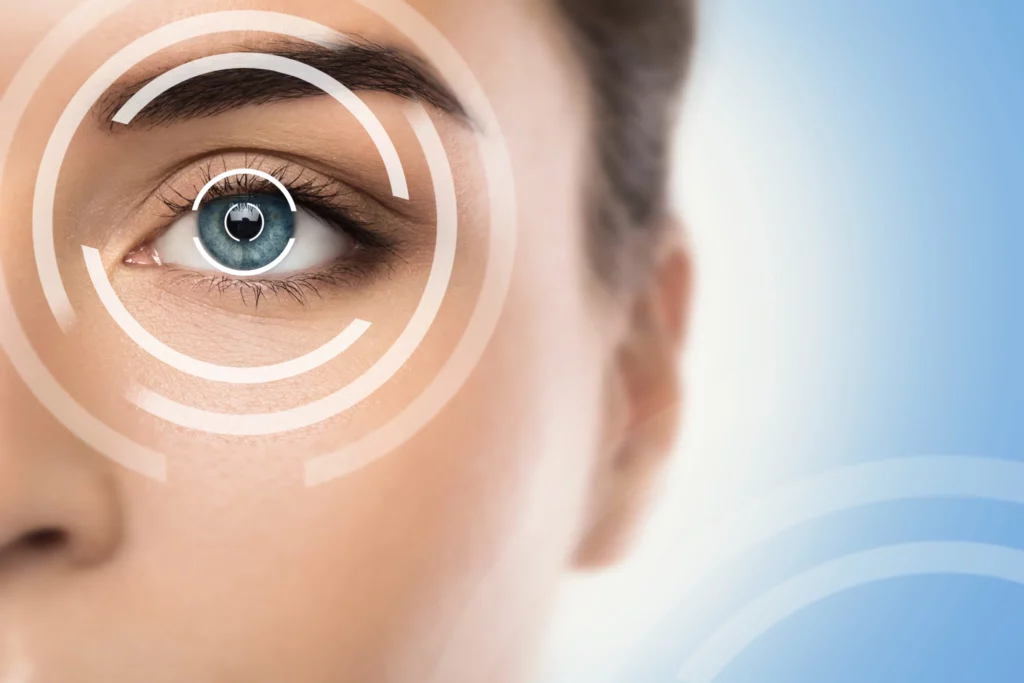What Is a Bulk-Billed Sleep Study and Who Is It For?
A bulk-billed sleep study is a Medicare-covered diagnostic test that monitors your sleep patterns to identify disorders like obstructive sleep apnea, insomnia, and restless leg syndrome. Patients pay nothing out-of-pocket when they meet eligibility requirements.
Sleep apnea diagnosis represents the most common reason for these studies. The bulk-bill sleep study Adelaide option helps patients access essential testing without financial stress. This condition causes repeated breathing interruptions during sleep, leading to poor rest quality and serious health complications if left untreated. The test measures oxygen levels, breathing patterns, heart rate, and movement throughout the night.
Medicare coverage depends on meeting specific clinical criteria:
- OSA50 score of 5 or higher (assesses risk factors like age, BMI, neck circumference, and gender)
- Epworth Sleepiness Scale (ESS) score indicating excessive daytime sleepiness
- Documented symptoms such as loud snoring, witnessed breathing pauses, or chronic fatigue
Your GP uses these standardized assessment tools to determine bulk-billed sleep study eligibility. Patients who score below the threshold may still access testing by paying upfront costs, typically ranging from $150-$300 depending on the provider.
Medicare allows one home-based bulk-billed sleep test per person annually. This Medicare-covered sleep test provides an accessible pathway for Australians experiencing sleep disturbances to receive professional diagnosis without financial barriers.
How Can Patients Determine If They Need a Sleep Study?
Recognizing the symptoms of sleep disorders is the first step toward getting a proper diagnosis. Patients who experience persistent issues with their sleep quality or daytime functioning should consider whether they need professional assessment.
Common warning signs include:
- Excessive daytime tiredness that interferes with daily activities, even after a full night’s sleep
- Loud or chronic snoring that disrupts sleep for the patient or their partner
- Witnessed breathing pauses or gasping during sleep
- Morning headaches or dry mouth upon waking
- Difficulty concentrating or memory problems
- Irritability or mood changes related to poor sleep
General practitioners play a crucial role in the initial snoring assessment and evaluation of sleep-related concerns. During a consultation, GPs use standardized screening tools like the OSA50 questionnaire and Epworth Sleepiness Scale (ESS) to assess symptom severity and determine whether a formal sleep study is warranted.
Patients should prepare for their GP appointment by tracking their sleep patterns, noting specific symptoms, and gathering input from bed partners who may observe breathing irregularities during sleep. Being transparent about how these symptoms affect daily life helps GPs make accurate referral decisions and ensures patients receive appropriate diagnostic testing when medically necessary.
What Is the Referral Process for Booking a Bulk-Billed Sleep Study in Adelaide?
The GP referral for sleep study begins when your doctor completes a specialized referral form after assessing your symptoms. Your GP will document your sleep-related concerns, medical history, and results from screening tools like the OSA50 and Epworth Sleepiness Scale (ESS) on this form.
The referral submission follows these steps:
- Your GP completes the Medicare referral process documentation
- The practice sends the referral directly to your chosen testing center
- The sleep clinic receives and reviews your referral for eligibility
- You receive contact from the testing center to arrange your study
Most Adelaide GPs send referrals to testing centers like ResMed through secure email or electronic health record systems. Some practices may fax the referral or use postal services, though email remains the fastest method for booking bulk-billed test Adelaide appointments.
Required documentation includes:
- Completed GP referral form with your details
- Medicare card number and personal information
- Symptom assessment scores (OSA50 and ESS)
- Relevant medical history notes
The testing center typically contacts patients within 2-5 business days of receiving the referral. They verify Medicare eligibility and explain the next steps, including whether you qualify for home-based or clinic-based testing. Patients should ensure their GP practice has current contact details to avoid delays in the booking process.
Where Can Patients Access Bulk-Billed Sleep Studies in Adelaide?
Adelaide offers multiple locations for bulk-billed sleep studies, split between public hospital facilities and private providers. The Respiratory and Sleep Clinic at Flinders Medical Centre provides comprehensive clinic-based assessments through the public health system, while private providers like ResMed stores deliver convenient home-based testing options throughout Adelaide’s metropolitan area.
Public Hospital Sleep Clinics
Public hospital sleep clinics Adelaide typically operate within larger medical centers and require patients to attend the facility for overnight monitoring. These clinics use polysomnography equipment in dedicated sleep rooms where trained technicians oversee the entire study. Wait times can extend several weeks to months depending on demand and referral priority.
Private Bulk-Billed Providers
Private bulk-billed providers Adelaide such as ResMed focus primarily on home sleep testing, eliminating the need for overnight clinic stays. Patients collect a portable monitoring device from designated pickup locations, complete the test in their own bedroom, then return the equipment for analysis. This ResMed home sleep test Adelaide service covers multiple suburbs and offers faster appointment availability compared to hospital-based options.
The choice between clinic-based and home-based testing depends on medical complexity and physician recommendation. Clinic studies provide more comprehensive data through continuous monitoring, while home tests offer convenience and natural sleep environment conditions. Both options qualify for Medicare bulk-billing when eligibility criteria are satisfied.
For those seeking more information on bulk-billed sleep studies in Adelaide, these resources can provide valuable insights.

How Does the Home-Based Bulk-Billed Sleep Study Work?
The home sleep test procedure uses a compact overnight monitoring device that patients wear while sleeping in their own bed. This device typically includes sensors that track breathing patterns, oxygen levels, heart rate, and body position throughout the night. The equipment records data continuously to assess sleep quality and identify potential disorders like sleep apnea.
Patients receive clear instructions from the testing center on how to attach the sensors correctly before bed. The device usually involves:
- A nasal cannula or breathing sensor placed under the nose
- A finger probe to measure oxygen saturation
- Chest or abdominal bands to monitor breathing effort
- Simple buttons to press when starting and stopping the recording
Most providers include illustrated guides or video tutorials to ensure proper setup. Patients complete the test over one or two nights, then return the device to the testing center for analysis.
Bulk-billed home testing offers several advantages over clinic-based studies. Patients sleep in their familiar environment, which often produces more natural sleep patterns and accurate results. The convenience eliminates travel requirements and overnight clinic stays. Home testing also provides faster access to diagnostic services, with many patients receiving devices within days of their GP referral. The comfort of home reduces anxiety that some people experience in clinical settings, leading to better quality data collection. Read more about pros, cons & medicare coverage of bulk-billed sleep study.
What Happens After the Sleep Study Is Completed?
Once you return the home sleep test device, a qualified sleep physician analyzes your overnight data to identify sleep disorders like obstructive sleep apnea. The sleep study results analysis typically takes 7-10 business days, during which the physician reviews metrics including breathing patterns, oxygen levels, heart rate, and sleep disruptions.
How Patients Receive Their Results
Patients receive their results through their referring GP, who explains the findings and discusses treatment options if a sleep disorder is diagnosed. The GP receives a detailed report from the sleep physician outlining:
- Apnea-Hypopnea Index (AHI) scores indicating severity
- Oxygen saturation levels during sleep
- Recommended treatment pathways
Understanding Your Diagnosis
Many providers like ResMed offer a free consultation with a sleep coach as part of the bulk-billed service. This session helps patients understand their diagnosis and explores treatment options such as CPAP therapy, lifestyle modifications, or further specialist referrals.
Professional Guidance for Interpreting Results
The consultation with sleep physician services may vary by provider. Some facilities include a direct telehealth appointment with the analyzing physician, while others route all communication through your GP. This ensures you have professional guidance interpreting your results without additional out-of-pocket costs.
Importance of Follow-Up Care
Your follow-up with GP remains essential for coordinating ongoing care, obtaining prescriptions for CPAP equipment if needed, and monitoring treatment effectiveness over time.
What Are the Medicare Coverage Rules and Costs Associated With Bulk-Billed Sleep Studies?
Medicare covers one home-based bulk-billed sleep study per person per year, provided specific eligibility requirements are met. This annual limit means patients cannot access another Medicare-funded study within the same 12-month period unless they pay privately.
Medicare Coverage Criteria for Sleep Study
The criteria for Medicare coverage of sleep studies depend on validated screening tools that assess sleep disorder risk. During their GP consultation, patients must complete questionnaires such as the OSA50 (Obstructive Sleep Apnea 50-item questionnaire) and ESS (Epworth Sleepiness Scale). These tools evaluate factors including:
- Snoring frequency and loudness
- Witnessed breathing pauses during sleep
- Daytime sleepiness levels
- Body mass index and neck circumference
- Age and other risk factors
Patients who score above the threshold on these assessments typically qualify for bulk-billing, meaning no out-of-pocket costs for sleep tests Adelaide at the point of service.
Options for Those Not Meeting Medicare Eligibility
Those who don’t meet Medicare eligibility criteria still have options. Private payment allows immediate access to sleep studies without waiting or meeting specific score requirements. Costs vary between providers, with home-based tests generally ranging from $200 to $400 when paid upfront. Some private health insurance policies may cover part of these expenses, so checking with your insurer before booking is worthwhile. Patients can also request a reassessment from their GP if symptoms worsen or new risk factors develop.

What Should Patients Prepare Before Booking Their Sleep Study?
Patients need their GP referral form and valid identification such as a Medicare card and driver’s license. The referral form contains essential medical information that determines eligibility for bulk-billing, so keeping it accessible speeds up the booking process.
Communicating symptoms effectively increases the likelihood of meeting Medicare criteria. Patients should document specific issues like:
- Frequency and severity of snoring
- Episodes of breathing pauses during sleep
- Daytime fatigue levels and their impact on daily activities
- Morning headaches or dry mouth upon waking
Providing concrete examples—such as “I fall asleep during meetings three times per week”—helps GPs complete accurate OSA50 and ESS assessments.
Scheduling requires deciding between home and clinic testing. Home-based studies offer convenience for those with mobility issues or busy schedules, while clinic-based tests provide more comprehensive monitoring for complex cases. Patients should consider their work commitments when choosing test dates, as home studies typically require one overnight session and clinic studies may need specific time slots.
Booking appointments early helps secure preferred dates, particularly during peak periods. Patients can contact ResMed stores or hospital sleep clinics directly after receiving their referral to discuss availability and confirm which testing option suits their circumstances best.




